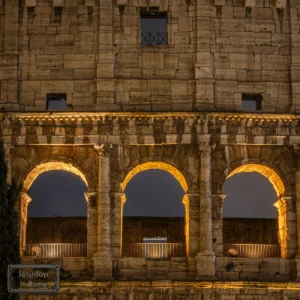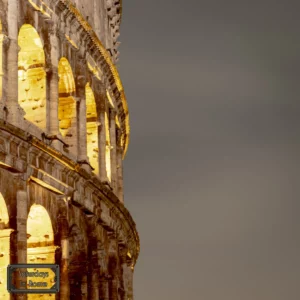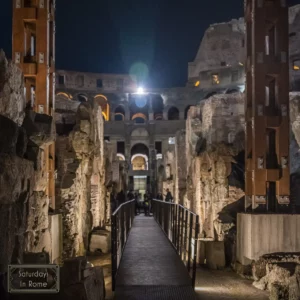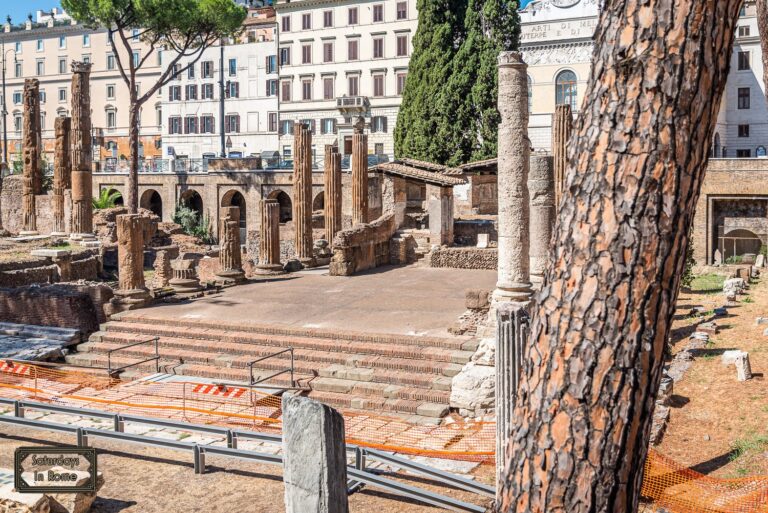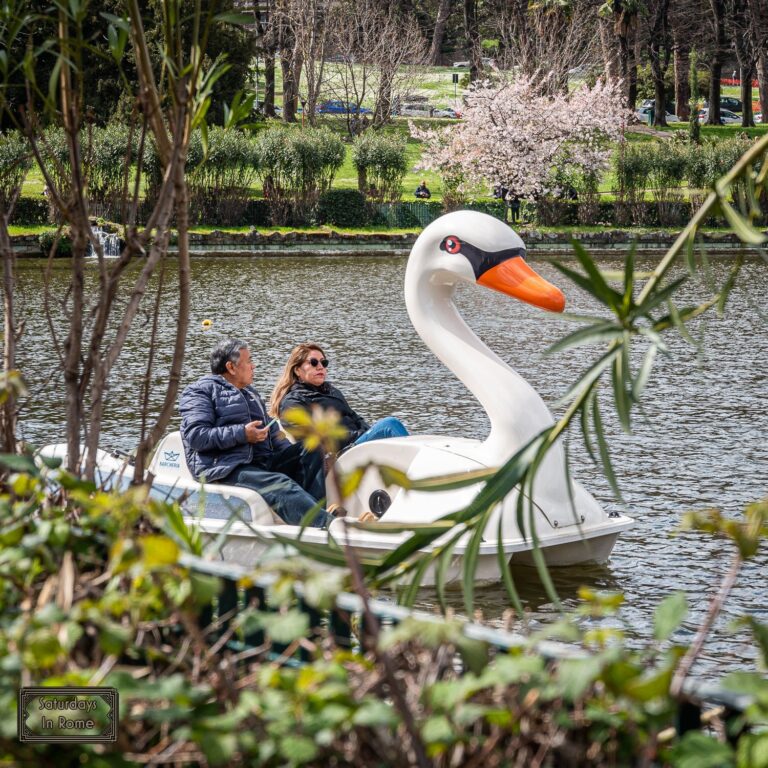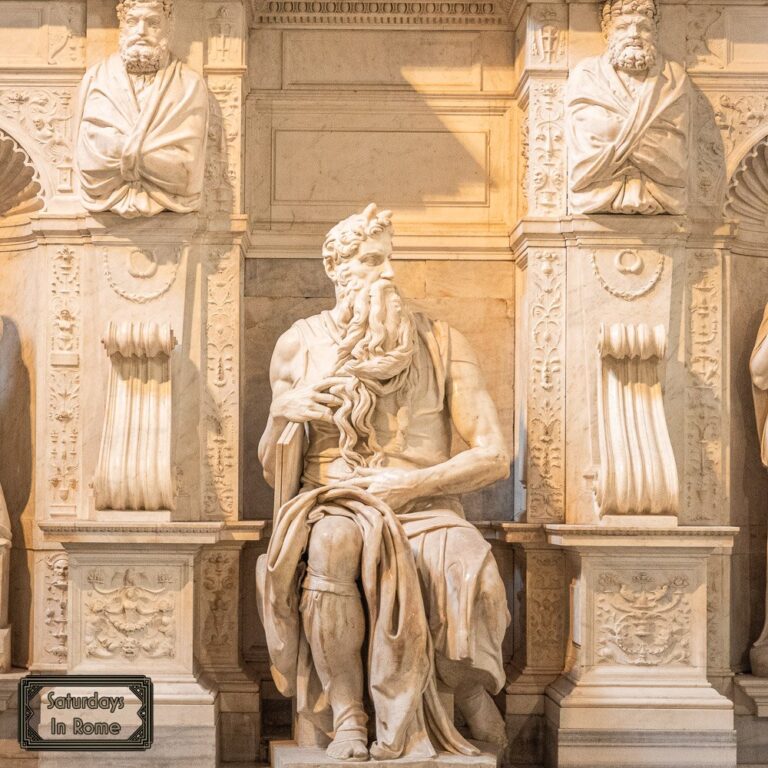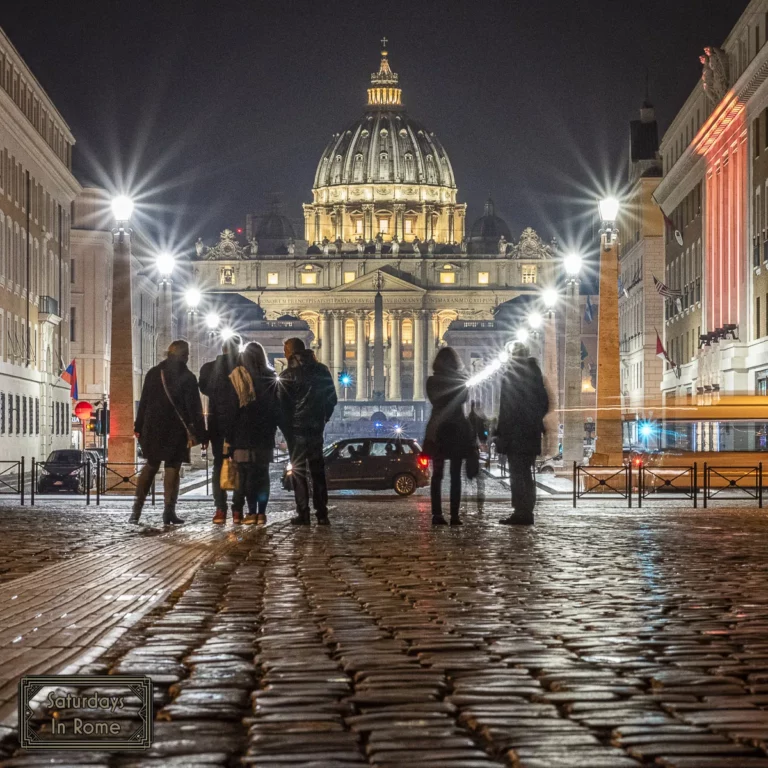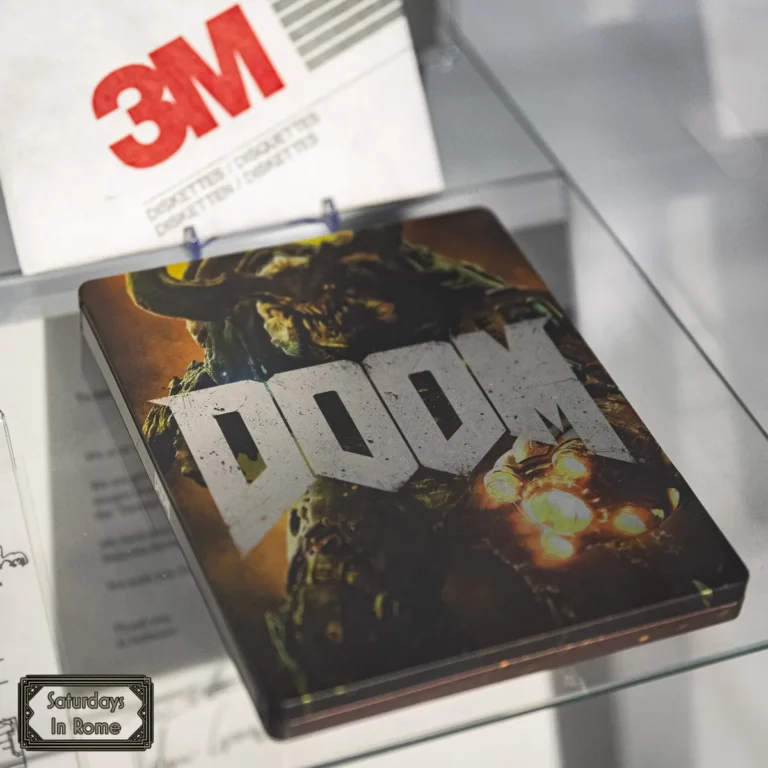The Colosseum Restoration Will Never End In Rome
The beauty of the Colosseum only exists today because of the decades of Colosseum restoration that previous cultures thoughtfully provided for the future.
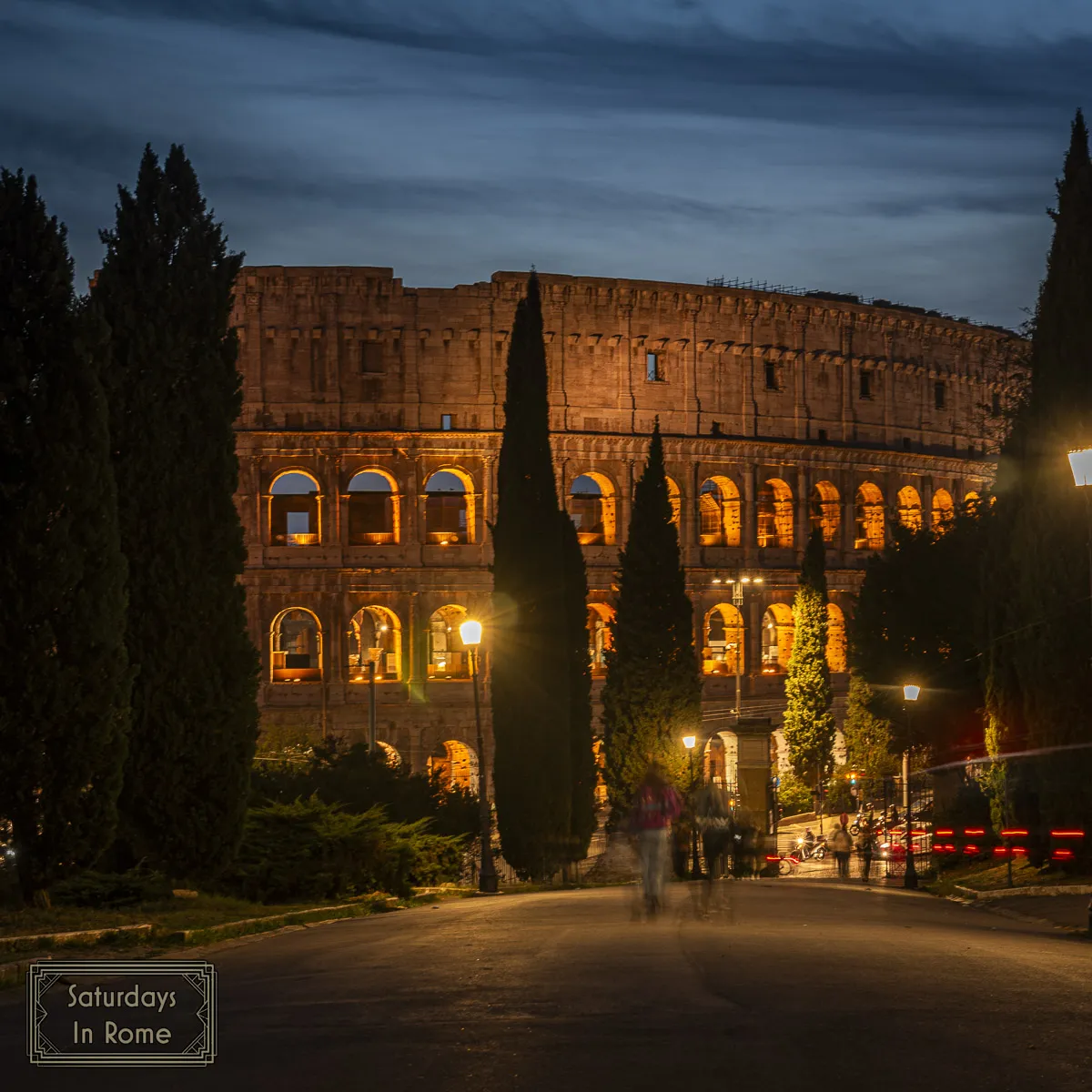
Over the centuries, the state of the Colosseum, also known as the Flavian Amphitheater, has varied quite a bit. It started as a beautiful, sparkling arena that the Roman Empire could be proud of and has gone downhill from there.
Need Help Planning?
- Cheap Flights: Find The Most Affordable Flights.
- Accommodations: From 1 to 5 Stars And More.
- Car Rentals: Affordable Travel Across Italy.
- Sightseeing Tours: Explore Some Amazing Tours.
- Buying An eSIM: Stay Connected In Italy.
This post includes affiliate links.
At various points in the history of the Colosseum, it was left in a state of disrepair. From time to time, however, it also became a source for building materials around Rome. In particular, St. Peter’s Basilica, St. John Lateran and Palazzo Venezia are said to have been built using materials stripped from the Colosseum.
In other periods, more natural problems, like lightning and earthquakes, caused damage to the structure during and long after its life as an event stadium were over. Luckily, today enough of the Colosseum still exists so that we can enjoy its overwhelming beauty.
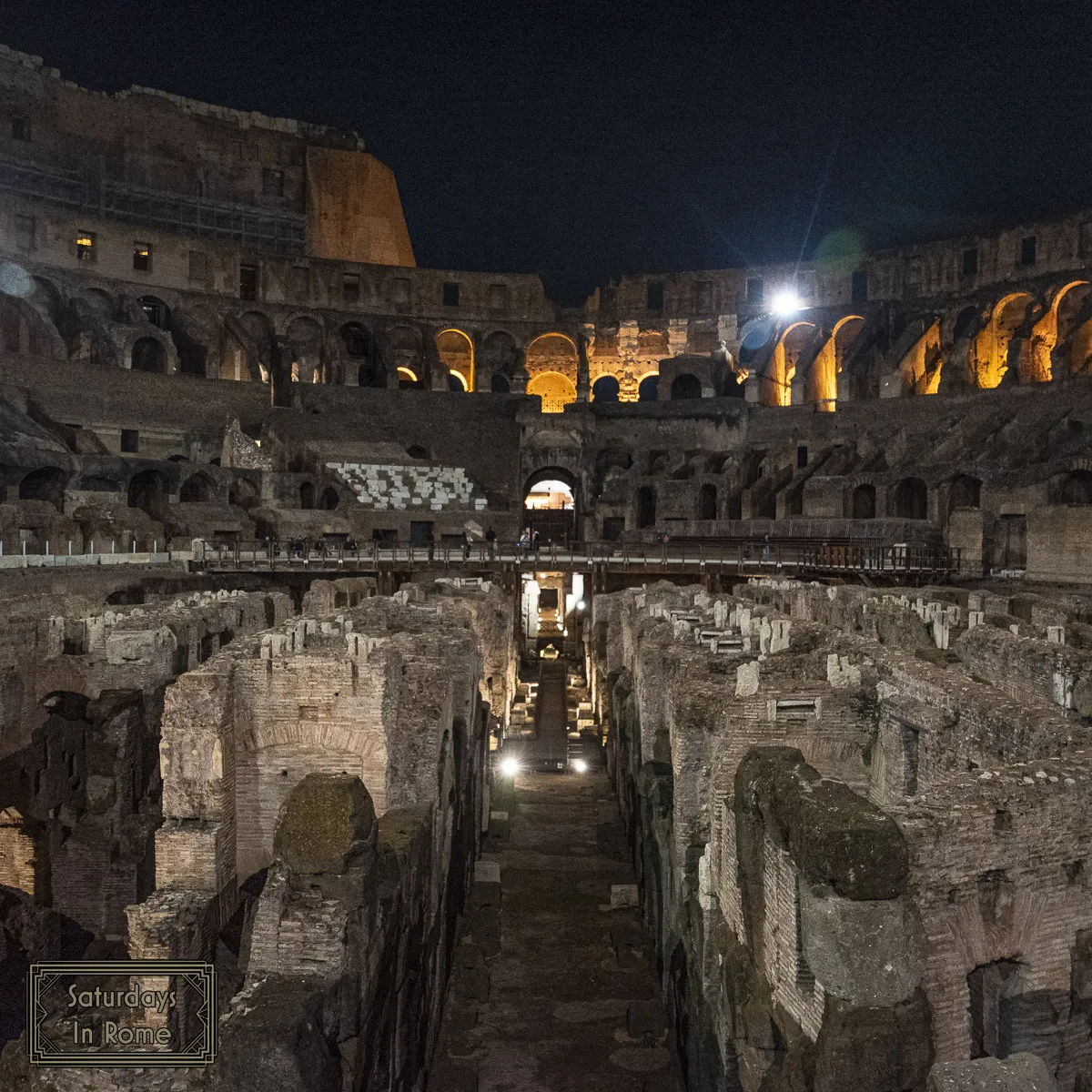
When Was The Colosseum Built?
The construction of the Colosseum began in 72AD and was completed less than 10 years later (in 80AD). Following the initial construction, more changes were made during the subsequent reign of Titus and Domitian. These three emperors made up the Flavian Dynasty, which is why the name of the Colosseum is also the Flavian Amphitheater.
One of my favorite stories of the Colosseum is why it is located where it is. For some context, the prior Emperor Nero had claimed much of the lands in the area for his home, Domus Aurea, as well as outdoor spaces, gardens and an artificial lake. However, he was very unpopular with the Romans by the end of his reign.
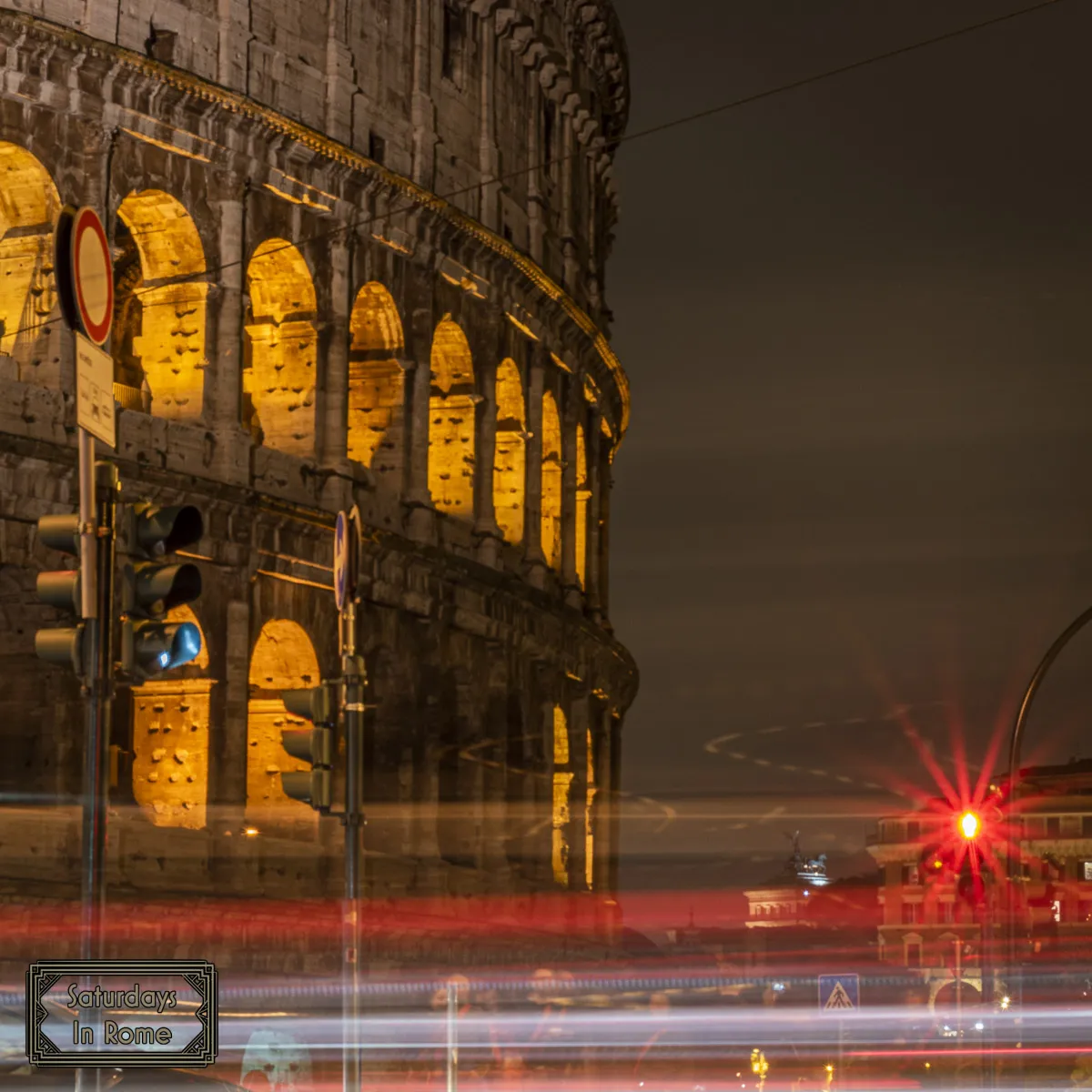
The location of the Colosseum was right on top of the artificial lake of Nero. This was a way for the “current administration” to help the citizenry forget about the unliked ruler and begin to embrace the new Flavian Dynasty.
Early Colosseum Restoration Projects
The Colosseum was used actively for more than 400 years, and repairs were needed even while it was still in use. In 217AD, a fire caused the collapse of the upper structures and Alexander Severus drove the 5 year restoration project.
A seemingly dormant geologic fault damaged or destroyed many well-known monuments from Roman civilization, including the Colosseum, in 443AD. Theodosius II and Valentinian III repaired damage caused by the earthquake, with more work following in 484AD and 508AD
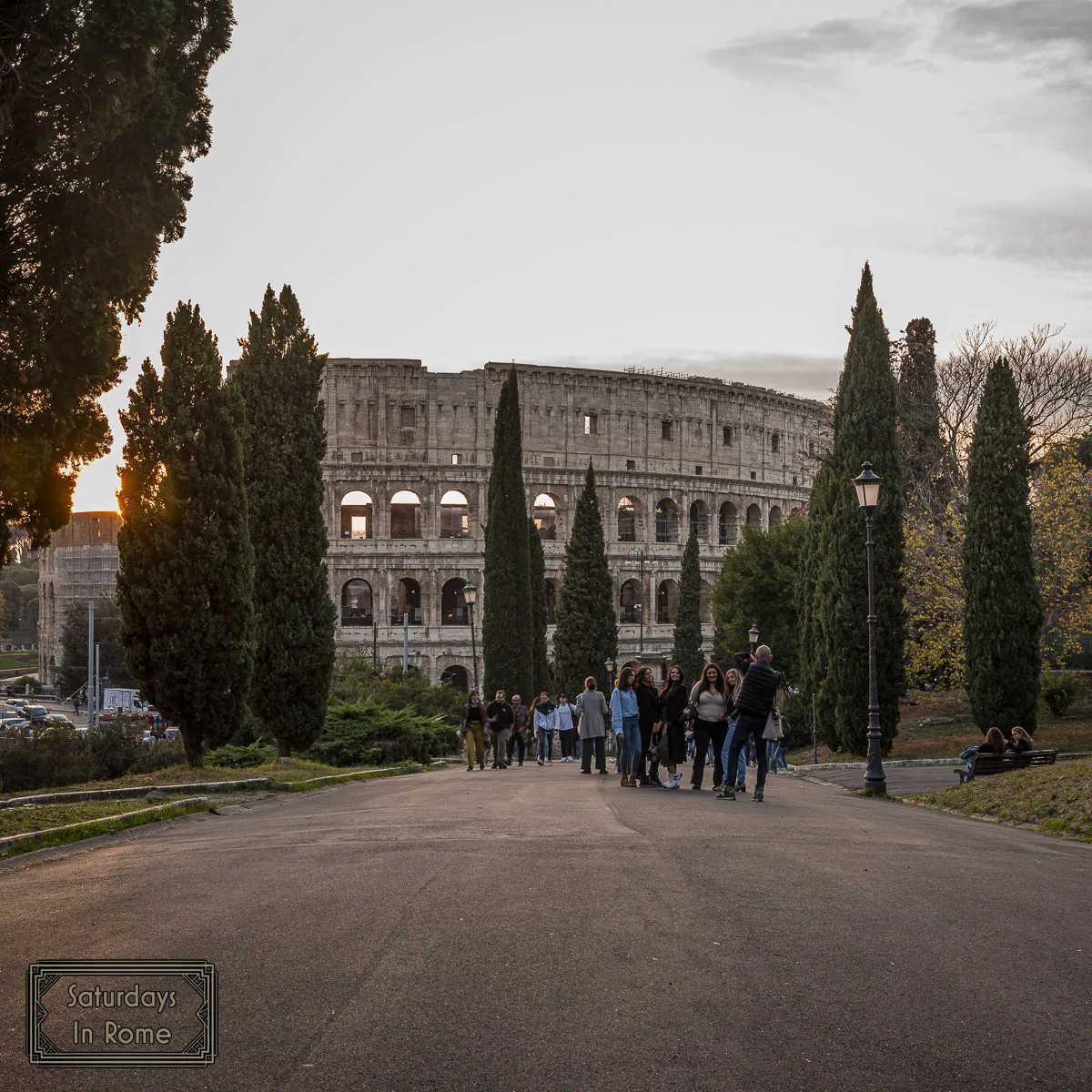
Restoration Projects From The Fascist Period
In an effort to restore Italy to its former glory, in 1920 Mussolini decided to undertake a number of restoration and construction projects. These plans included restoring the Colosseum and Circus Maximus.
What Did Mussolini Do To The Colosseum?
The changes made to the Colosseum, and the surrounding areas, were both restoration projects that tried to maintain the original structures, as well as efforts to tear down and rebuild entire neighborhoods to make parade routes that had little regard for what came before it.
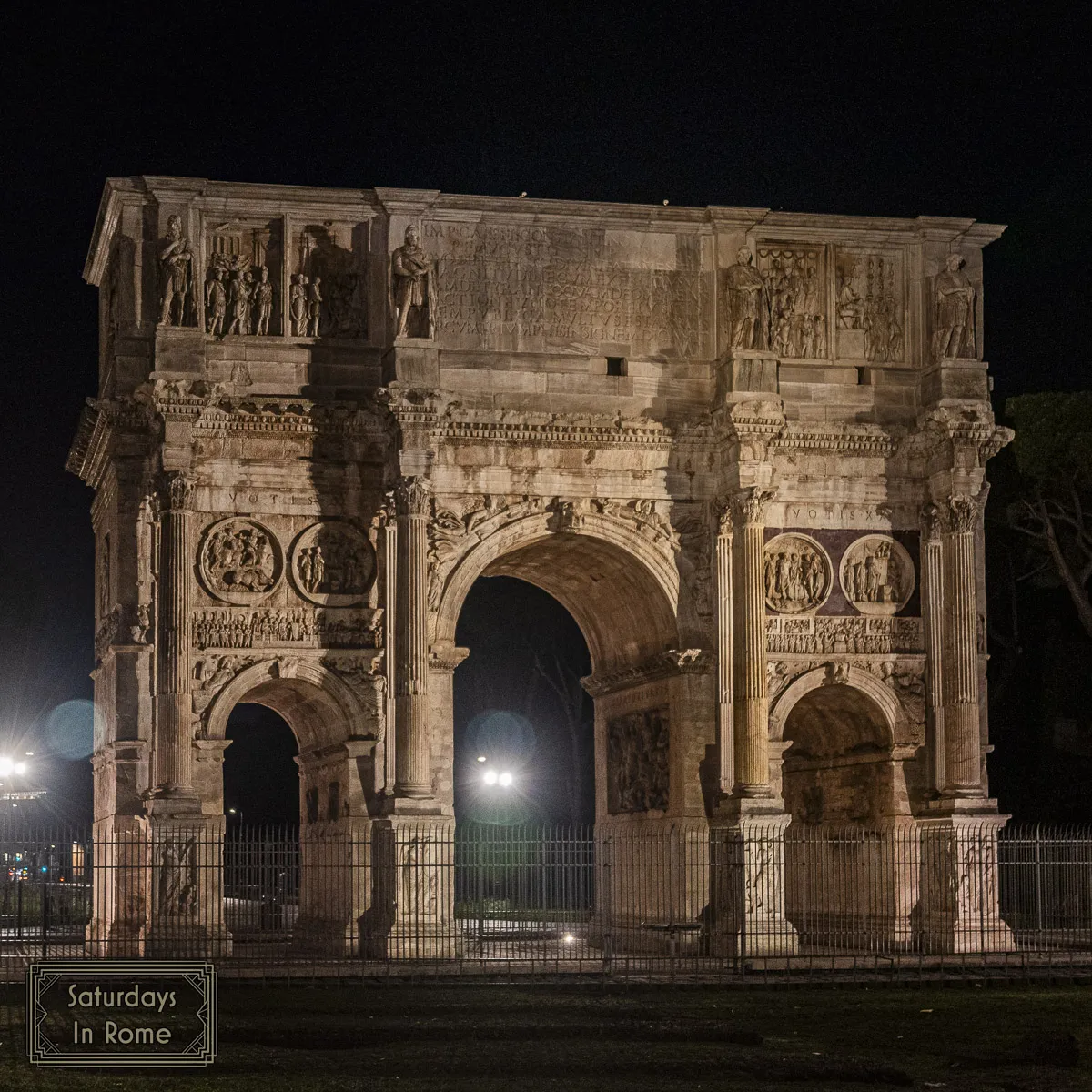
The Mussolini regime excavated the Colosseum’s underground levels, known at the Hypogeum. This can be viewed positively, but he also made arbitrary architectural changes that had no historical relevance.
For Mussolini, this structure was nothing more than a propaganda piece. It was one end of the parade route built where what is today Via del Fori Imperiali. It was also where the regime held political meetings and parades. As part of the larger construction, citizens who could be political opponents had their houses razed and they were relocated further out of town.
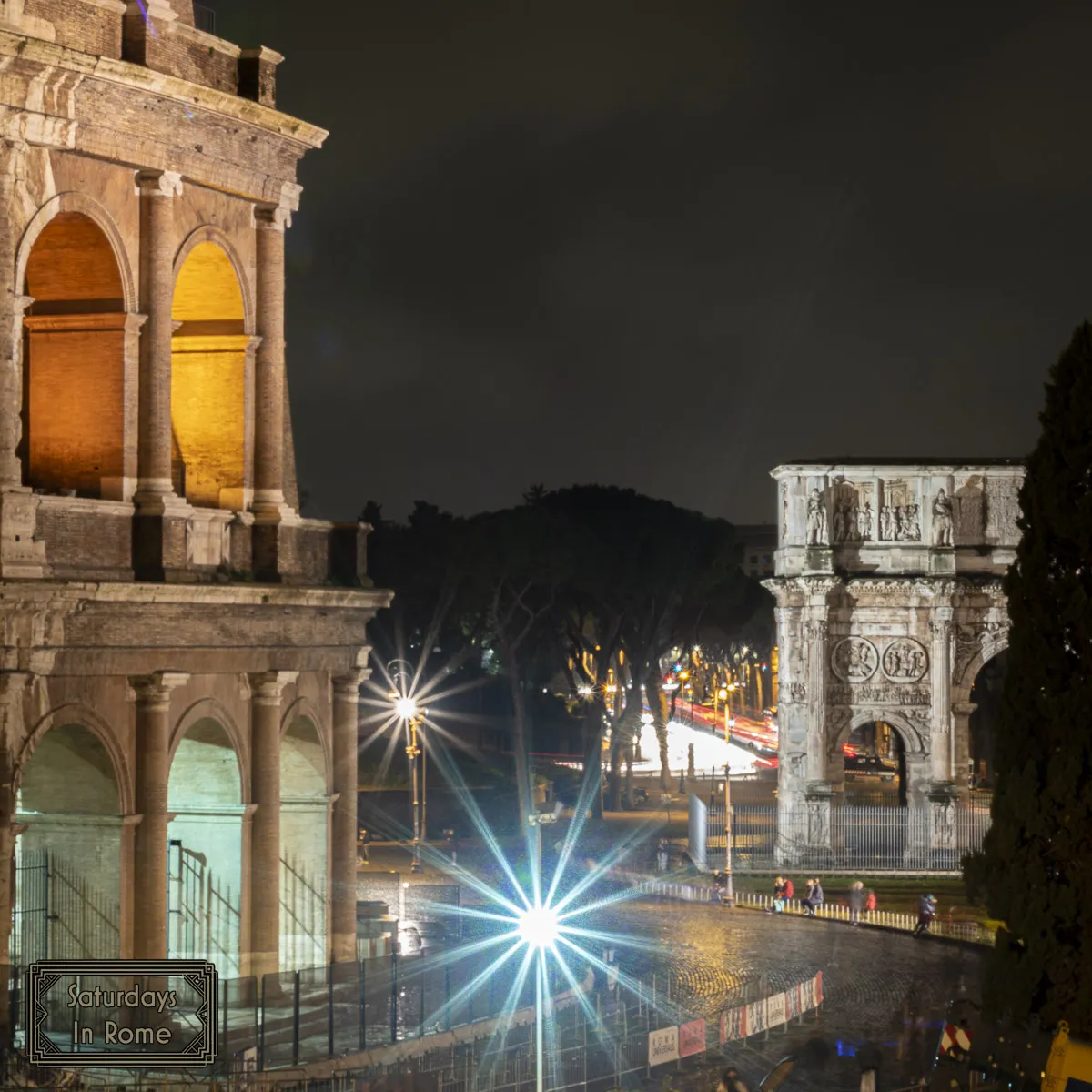
More Modern Restoration Of The Colosseum
In more modern times, efforts have been made to make sure that the Colosseum is around for generations to come. The main supporter of this effort is Tod’s Group, in collaboration with the Special Superintendent For The Colosseum And Rome’s Archaeological Heritage.
The first phase of this effort, started in 2016, was the restoration of the northern and southern facades (approximately 13,300 square meters) and the replacement of the actual locking system of arches with new gates. The second phase, which began in 2018, under the supervision of the Institute Parco Archeologico del Colosseo, has focused on the Colosseum’s hypogea, which is the underground series of passages that would have been under the Colosseum floor.
When it was completed, a 525 foot (160 meter) long walkway was installed in the Colosseum, opening up to visitors to an area of the monument that had never been accessible before. As someone who has taken both the Underground and At Night tours of the Colosseum, the importance of this work can’t be overstated. You definitely need to check these spaces out for yourself!
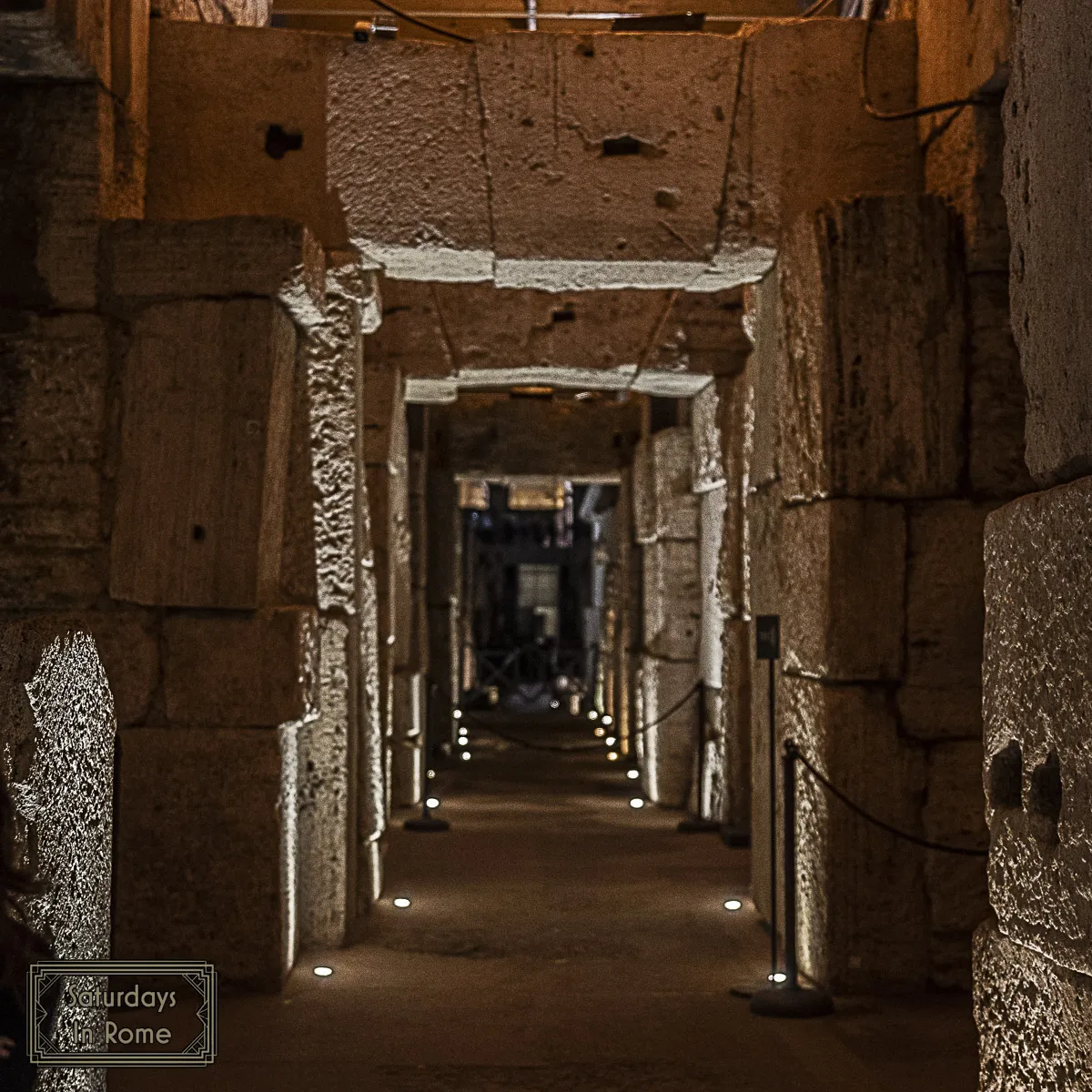
Is The Colosseum Currently Being Restored?
Currently, there is not a large-scale restoration project being undertaken, but with an attraction as important (and huge) as the Colosseum, there are always ongoing maintenance projects. One of the projects that have been going on for a number of months is with the cobblestones outside the Colosseum.
Typically around Rome, ongoing maintenance involves replacing the cobblestones (Sampietrini). In addition to this, there are also quite a bit of improvements being made to the drainage and slopes around the outside of the amphitheater. While this has been disruptive to the pedestrian areas, it hasn’t slowed down the crowds.
I thought this work would be done by the start of the 2025 Jubilee, but it is still going on. Perhaps their timeline is different, not usually being a religious site.
What Are The Plans For The Colosseum Restoration?
There have been plans announced for the creation of a retractable floor that will span the entire arena. Once completed, although the initial deadline has already passed, a visitor will be able to stand in the middle of the arena. In addition, events and musical performances will be able to be held in the Colosseum.
More Information On The Colosseum
If you enjoyed this article on the Colosseum restoration, then here is more information on this amazing site in Rome that you should consider visiting on your next visit to the Rome:
- The Best Ancient Roman Colosseum Complete Planning Guide.
- Did The Colosseum Have A Roof (And Other Secrets)?
- The Colosseum At Night Tour Is A Worthwhile Experience.
- Help With Buying Tickets For The Colosseum And More.
- The Best Colosseum Tours For Families Coming To Rome.
- Great Hotels Near The Roman Colosseum You Should Consider.

